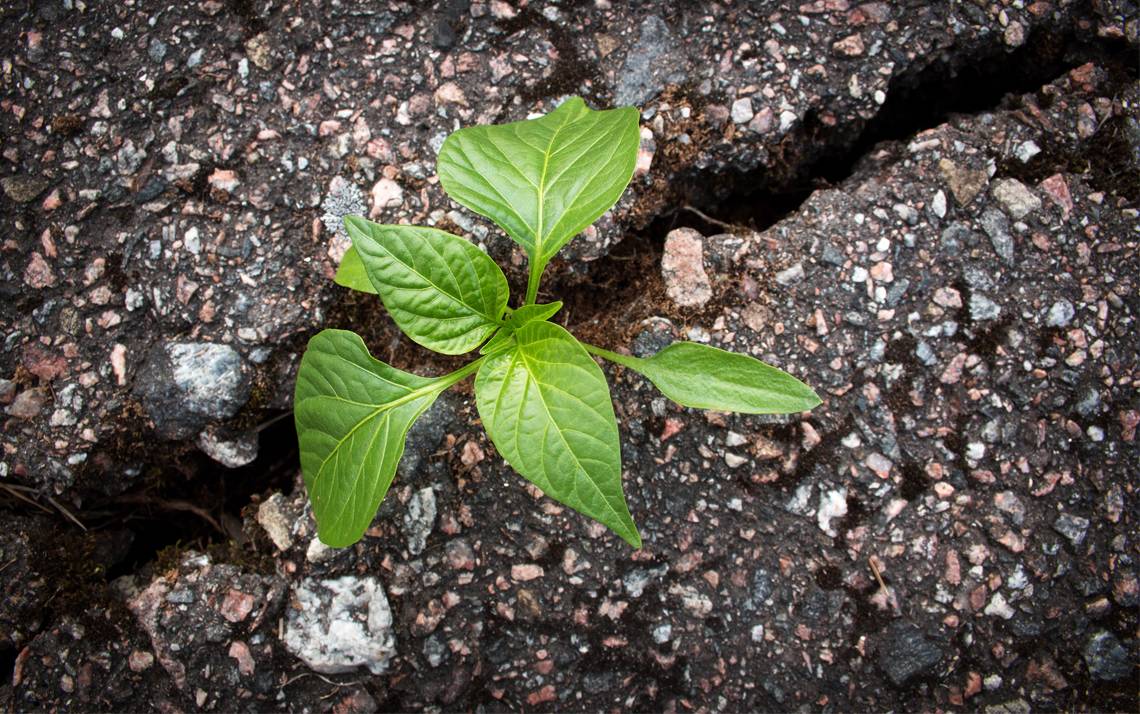Three Easy Ways to Find Your Resilience
Bounce back from personal, professional challenges

For each feeling of burnout, there is opportunity for resilience.
It’s all two sides of the same coin, said J. Bryan Sexton, associate professor in psychiatry and behavioral sciences at Duke’s School of Medicine and an expert in the idea of resilience, the ability to bounce back from life’s obstacles. The trick is to build mental muscles to deal with challenges thrown our way, both personally and professionally, when many feel like they’re asked to do more.
“Once we normalize it and make it less taboo to talk about burnout and resilience, then we can do something about it,” Sexton said. “You can eat right, sleep right and call your mom each week, but it’s more than that.”
Sexton suggests these three ways to deal with the threat of burnout and increase resilience.
Three Good Things
Sexton said that humans are hard-wired to remember the negative aspects of our day, but flipping around the natural inclination is simple.
Promoting positive thoughts and building resilience can be as easy as taking notes each night before bed. Think of three things that happened during that day that went well and your role in the positive outcome, then jot down those three things. Best results for the exercise come after 14 consecutive entries.
“The key is to savor those positive emotions to retrain your brain to remember good things,” Sexton said.
Show Gratitude
Grab a pen and paper and write a letter of appreciation to someone – anyone. Take five minutes to explain something they did, how it impacted you and the benefits you received.
Whether you share the letter or not, Sexton said it can have lasting impacts, increasing happiness while lowering depressing thoughts because focusing on benefits forces us to linger on positive thoughts.
“People take on a massive amount of responsibility with no ability to push the pause button for a while,” Sexton said. “This can help reverse that.”

J. Bryan Sexton
Rediscover Awe
Among the most common complaints of American workers is there’s never enough time to complete all the tasks asked of them. While it’s impossible to put more time into the day, Sexton has an alternative.
Through an “awe intervention,” you can create a sense of slowed down time, which offers a calming sensation and feeling of having more time available. Finding awe can be easy, too. Study a photo of the Grand Canyon, peer through a telescope at a starry night or find something new in nature.
“There is such profound beauty and grace in the world,” Sexton said. “When we reconnect with the emotion of awe, it helps us feel inspired and time slows down.”